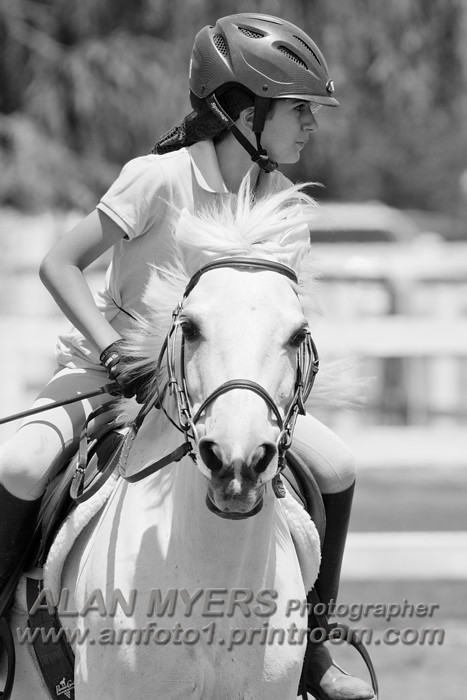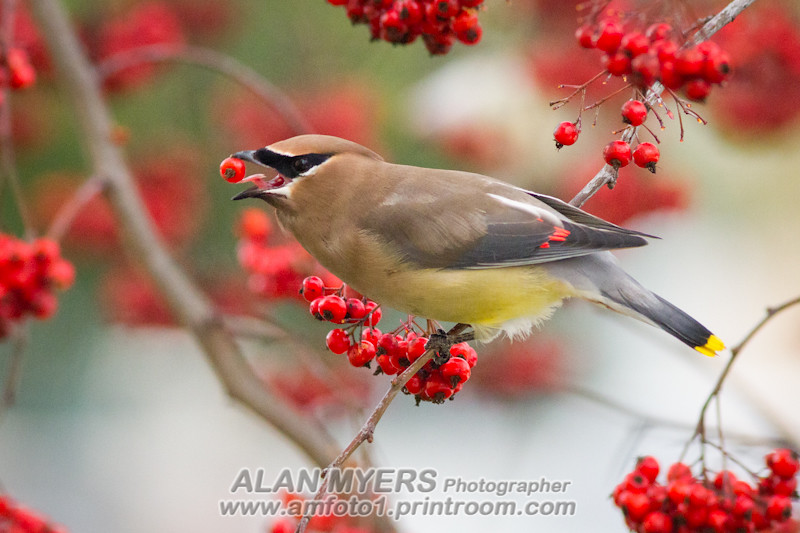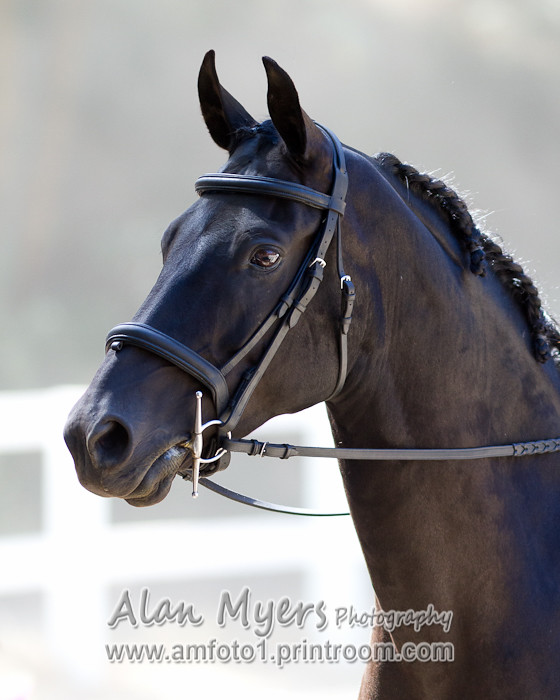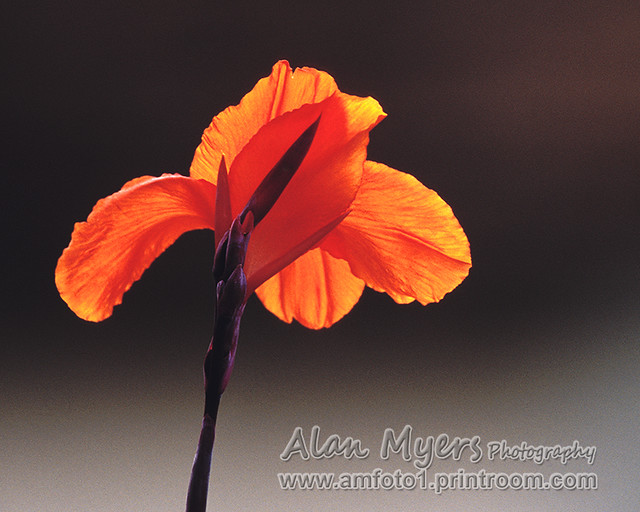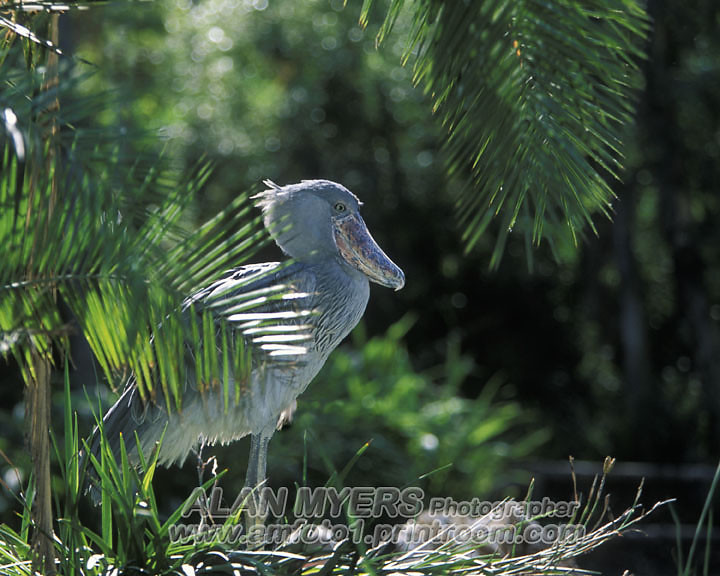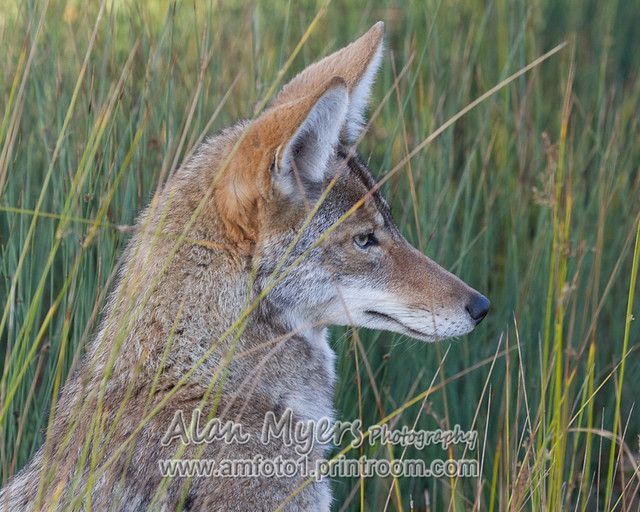Check out Advice from the Pros section of our forum.
Having Bokeh problems with new lens
Mar 19, 2017 13:57:41 #
amfoto1 wrote:
i "Bokeh" In photography, bokeh (origin... (show quote)
Thank you amfoto1 for taking the time to post the in depth info and examples. It is a great help and I will save this information for future use. Your photography is fabulous to say the least!
I also appreciate all the other UHH'ers input and explanations.
Many mentioned that I should do a comparison but I cannot compare the old and the new as I did trade the lens in. I guess my main concern was the lines going through the highlights. I have never had that problem with any other lens and to me it was distracting. So I will watch my background when composing and of course keep an eye on my Fstop, distance, etc. Also as mentioned the new Sigma is a "sharper" lens than the old which could definitely be part of the difference. I am also able to edit out areas that are an issue to me as amfoto1 mentioned.
Thank you everyone for taking the time to respond. It was very educational.
Have a great week!
Sharon/Clicker
Here's lookin' at you - Taken through a glass door - Same lens I am having issues with, but different DOF front and back of subject, etc. so it definitely has good points.
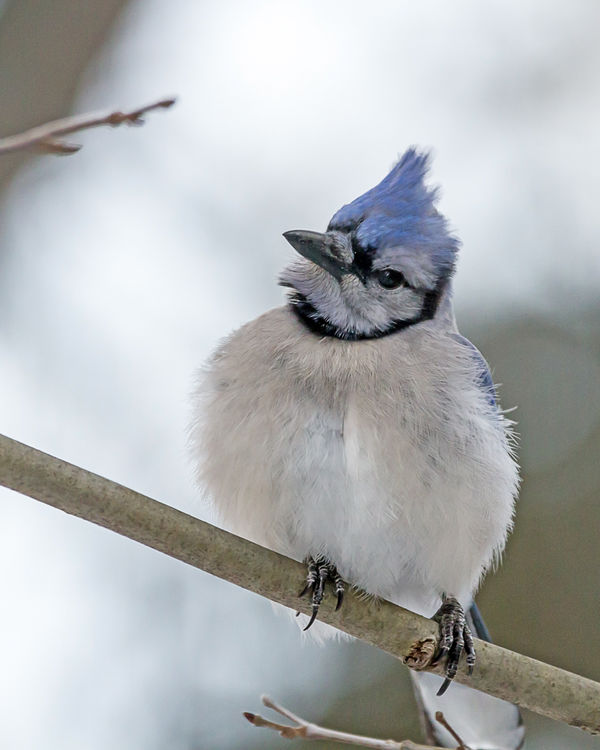
(Download)
Mar 19, 2017 14:08:43 #
Mar 19, 2017 15:47:38 #
jwn
Loc: SOUTHEAST GEORGIA USA
by definition it's a subjective term, not scientific term so it's your choice what you like.
Check out Smartphone Photography section of our forum.
Mar 19, 2017 17:01:23 #
Mar 19, 2017 19:14:19 #
I don't see anything wrong with the images. The colors and patters of the background will dictate the look.
Mar 20, 2017 08:47:34 #
photon56 wrote:
I don't see anything wrong with the images. The colors and patters of the background will dictate the look.
Thanks.
Mar 20, 2017 11:41:28 #
amfoto1
Loc: San Jose, Calif. USA
Bobspez wrote:
...this case the lens is an f5 to f6.3 so it's not a fast lens....
True... and further, in the original poster's examples, three of the shots were taken stopped down to f/9! That would reduce the blurring of the background to some extent. (Only the third shot... a woodpecker, I believe... was shot with the lens "wide open" where it would have rendered maximum background blur).
Check out Photo Critique Section section of our forum.
Mar 20, 2017 12:01:02 #
amfoto1 wrote:
True... and further, in the original poster's examples, three of the shots were taken stopped down to f/9! That would reduce the blurring of the background to some extent. (Only the third shot... a woodpecker, I believe... was shot with the lens "wide open" where it would have rendered maximum background blur).
True indeed, but your comment is a non-sequitur! Shooting at f/9 doesn't mean the entire image is necessarily in focus, and in those examples there are significant areas with out of focus blur where bokeh is a point of interest! Who cares if it has "maximum background blur"? That it has some background blur, where the character of that blur is important to the perceived quality of the image, is the point of significance.
And when grading a lens it is very important to know that bokeh does or does not degrade as the lens is stopped down. For example, in years past when the Nikkor 85mm f/1.4 was "The Cream Machine" a lot of people repeatedly recommended the less expensive 85mm f/1.8 as a nearly equal replacement, which it was not! The f/1.4 lens had rounded diaphragm blades, and bokeh remained pleasant (and actually got better for the first stop or so) as the lens was stopped down from wide open. The f/1.8 lens was only nice when shot within a half stop of wide open, and went down hill fast from there. There was no comparison at f/4, as an example.
Mar 20, 2017 14:40:52 #
Apaflo wrote:
True indeed, but your comment is a non-sequitur! ... (show quote)
And I perceive that the bokeh is not good in some areas with this lens. In "staged" photography there are ways to work around problems areas, but out in normal nature situations one cannot always control what is in the background. I will have to work around it while editing for now, unless the distributor/manufacturer can come up with a solution I can accept (to which I won't be holding my breath). I will deal with it after I get my new camera this week. At least the noise will be less of an issue....so say the reviews... ;-)
Thanks Apaflo... I appreciate your input.
Mar 23, 2017 05:23:41 #
Dun1
Loc: Atlanta, GA
jim quist wrote:
Set the camera on a tripod, use the same settings, and take a shot with both lenses for a proper comparison.
Great answer, to a valid comparison, setting the camera on a tripod, take the same shots.
Changing the subject or distance from the camera/lens will certainly skew the settings you wish to us as a caomparison
If you want to reply, then register here. Registration is free and your account is created instantly, so you can post right away.
Check out Underwater Photography Forum section of our forum.

